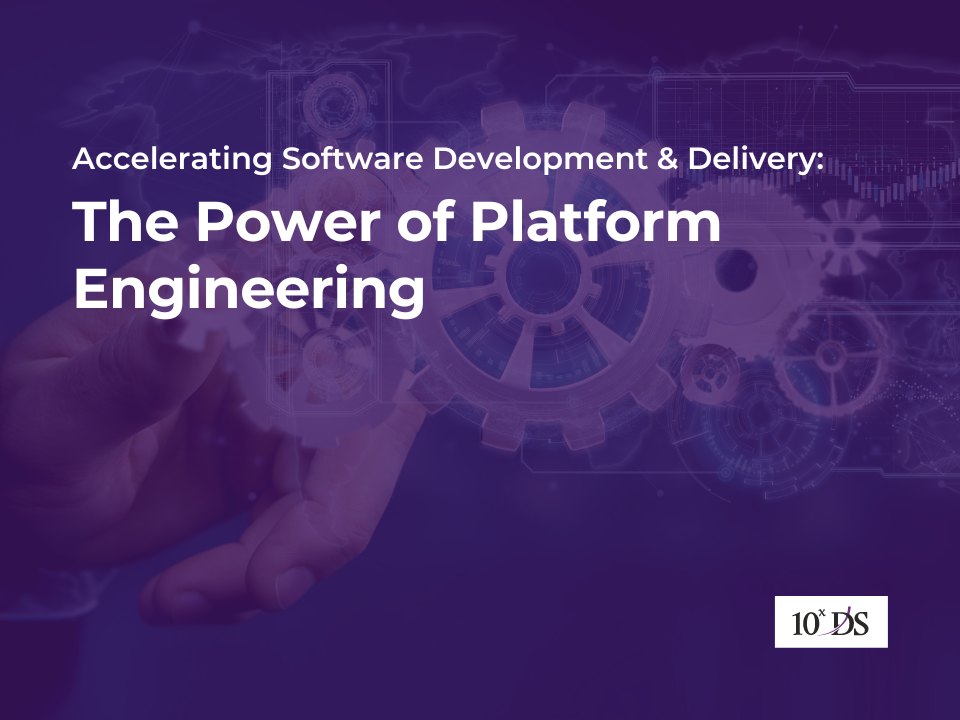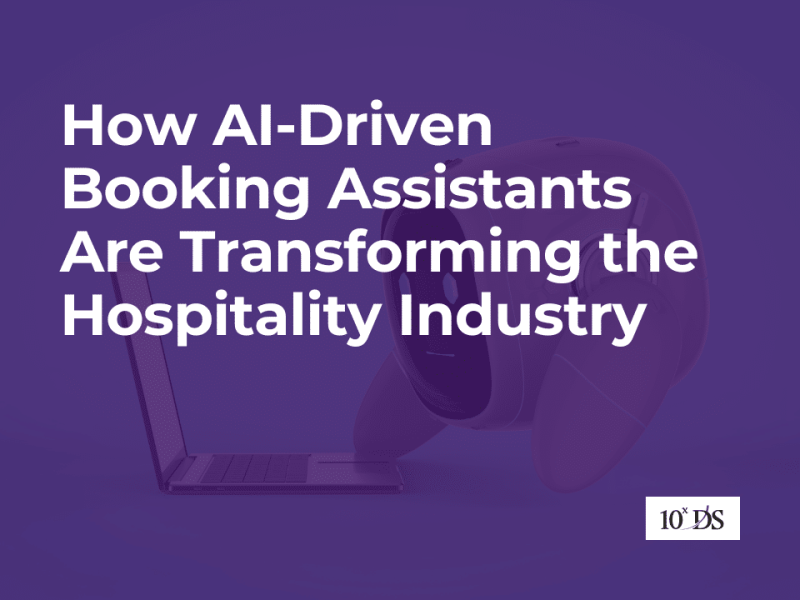
Accelerating Software Development and Delivery: The Power of Platform Engineering
In an era where agility, innovation, and speed-to-market are paramount, organizations are continually seeking ways to streamline their software development and delivery processes. Enter platform engineering—a discipline that focuses on building robust and efficient platforms to support the entire software development lifecycle. In this blog, we’ll explore the transformative impact of platform engineering on modern software development practices. Join us as we delve into the strategies, tools, and best practices that enable organizations to build, deploy, and scale software applications faster and more effectively than ever before.
Platform engineering plays a crucial role in accelerating the software development cycle by providing a stable and efficient foundation upon which developers can build and deploy applications. Here’s how platform engineering contributes to speeding up the software development process:
Infrastructure Automation
Platform engineers automate the provisioning, configuration, management, and deployment of IT infrastructure resources such as servers, storage, networks, and virtual machines. This automation eliminates manual tasks and streamlines the delivery of infrastructure services, enabling organizations to rapidly scale and adapt to changing business needs. Infrastructure automation tools, such as infrastructure as code (IaC) frameworks like Terraform and configuration management tools like Ansible and Puppet, allow developers and operations teams to define infrastructure requirements in code, which can then be version-controlled, tested, and deployed programmatically. By automating repetitive tasks, infrastructure automation improves efficiency, reduces errors, enhances consistency, and accelerates the deployment of applications and services, ultimately enabling organizations to deliver value to customers more quickly and reliably.
Containerization and Orchestration
Containerization enables platform engineers to package applications and their dependencies into lightweight, portable units called containers, which can run consistently across different computing environments. Containers encapsulate everything needed to run an application, including code, runtime, libraries, and configuration files, making it easier to deploy and manage complex applications. Container orchestration, on the other hand, refers to the automated management of containerized applications at scale. It involves deploying, scaling, and managing containers across clusters of hosts, handling tasks such as load balancing, service discovery, and resource allocation. Orchestration platforms like Kubernetes provide features for scheduling containers, ensuring high availability, and scaling applications based on demand, thereby enabling organizations to deploy and manage containerized applications efficiently in production environments. Overall, containerization and orchestration empower developers to build and deploy applications more quickly and reliably, improve resource utilization, and streamline operations in modern cloud-native environments.
Continuous Integration/Continuous Deployment (CI/CD)
Continuous Integration involves Platform engineers frequently merging their code changes into a shared repository, where automated builds and tests are triggered to validate the changes. This ensures that new code integrates smoothly with the existing codebase and detects integration issues early. Continuous Deployment extends Continuous Integration by automating the deployment of code changes to production environments after passing through various stages of testing and validation. CI/CD pipelines automate the entire software delivery process, including code compilation, testing, artifact generation, and deployment, enabling organizations to deliver high-quality software faster and more frequently. By automating repetitive tasks, reducing manual errors, and providing rapid feedback loops, CI/CD helps teams achieve faster time-to-market, improve software quality, and foster a culture of collaboration and continuous improvement.
Standardized Development Environments
Platform engineers establishes of uniform and consistent setups for software development across teams and projects. This entails defining and implementing a set of tools, configurations, and practices that developers use to build, test, and deploy applications. Standardized development environments ensure that all developers work in a consistent and predictable environment, minimizing discrepancies and compatibility issues between development, testing, and production environments. This includes standardizing development tools, programming languages, libraries, and frameworks, as well as version control practices and development workflows. By providing a consistent foundation for development, standardized environments improve collaboration, facilitate knowledge sharing, and streamline the software development process, ultimately leading to higher productivity and better software quality.
Self-Service Platforms
Self-service platforms are software systems or environments designed to empower users, typically developers or other IT professionals, to independently provision, manage, and deploy resources and services without requiring manual intervention from centralized teams. These platforms provide a user-friendly interface or set of APIs through which users can access and configure resources such as compute instances, storage, databases, and networking components on-demand. By enabling self-service capabilities, organizations can accelerate the delivery of IT resources, reduce dependency on specialized teams, and increase agility and flexibility in responding to changing business needs. Self-service platforms often incorporate features such as role-based access control, usage tracking, and automation to ensure security, governance, and cost-effectiveness. Additionally, they promote a culture of autonomy and empowerment among users, fostering innovation and experimentation while maintaining control and compliance with organizational policies and standards.
Monitoring and Observability
Platform engineers implement robust monitoring and observability solutions to track the performance, availability, and health of applications and infrastructure components in real-time. Monitoring tools provide valuable insights into system behavior, enabling developers to identify and resolve issues proactively, thereby reducing downtime and improving overall software quality.
Scalability and Resilience
Platform engineering teams design systems with scalability and resilience in mind, leveraging cloud-native architectures and distributed computing principles. By building resilient and auto-scaling applications, developers can respond quickly to changing workload demands and ensure high availability without manual intervention.
Security and Compliance
Platform engineers integrate security and compliance measures into the software development process from the outset. By implementing security best practices, such as secure coding standards, vulnerability scanning, and access controls, they reduce the risk of security breaches and compliance violations, thereby accelerating the release of secure and compliant software.
In conclusion, platform engineering stands at the forefront of modern software development, offering organizations the tools and methodologies needed to accelerate their digital transformation journey. As Steve Jobs famously said, “Innovation distinguishes between a leader and a follower.” Platform engineering empowers organizations to innovate rapidly by providing the foundation for streamlined development workflows, automated deployment pipelines, and scalable infrastructure. From cloud-native architectures and microservices to AI and IoT applications, the applications of platform engineering are diverse and far-reaching. By embracing platform engineering principles and leveraging cutting-edge technologies, organizations can drive innovation, improve time-to-market, and deliver value to customers with unprecedented speed and agility. As we look to the future, the organizations that prioritize platform engineering will emerge as leaders in the digital landscape, driving growth and success in the ever-evolving world of software development and delivery.
Talk to our experts to learn more.


